Sustainability in the Siberian Arctic
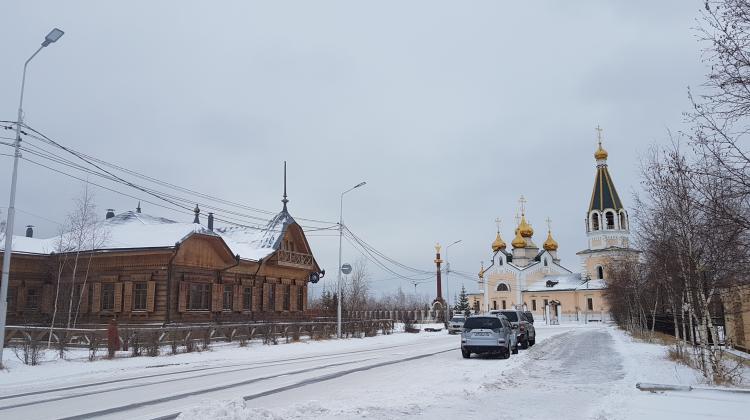
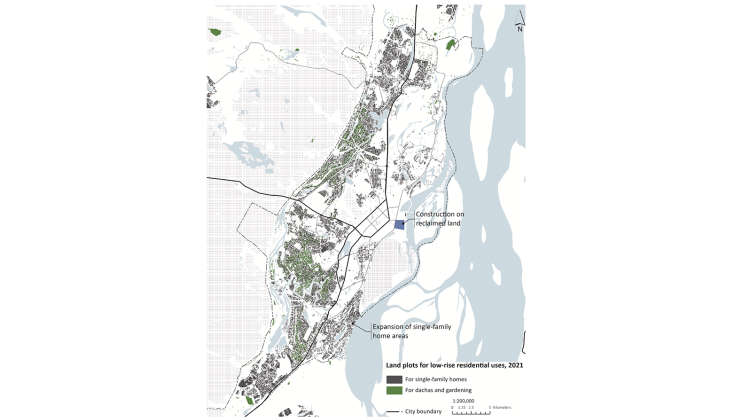

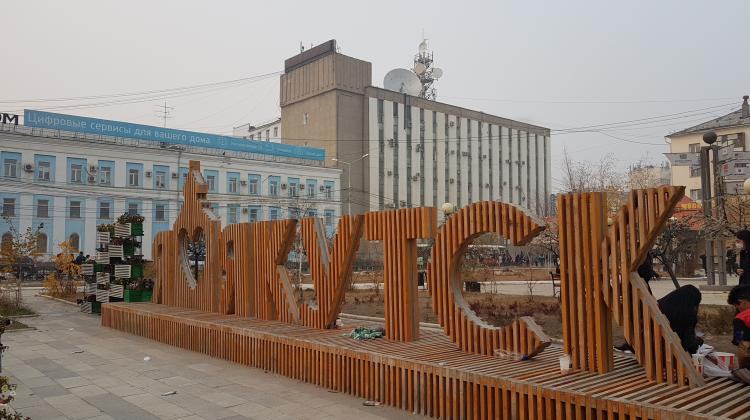
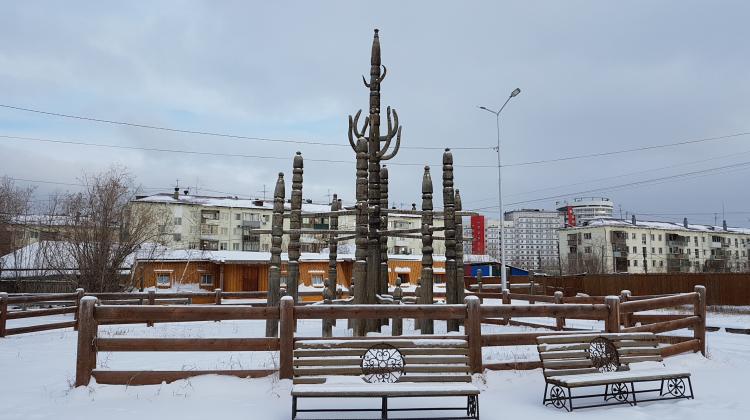
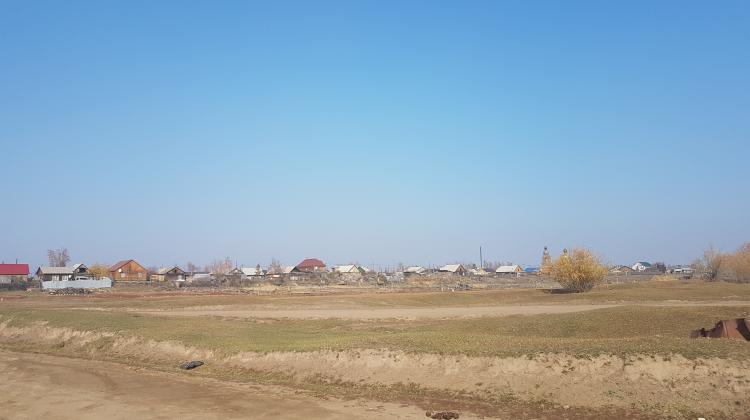
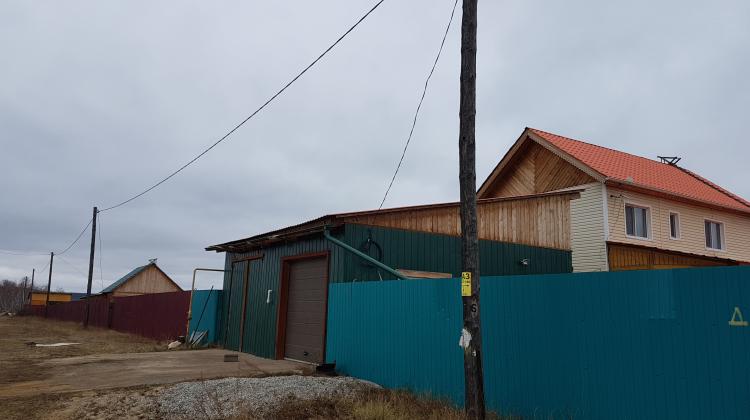
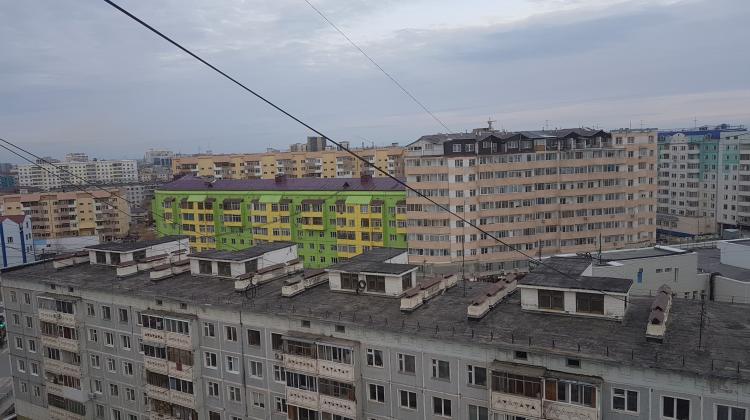



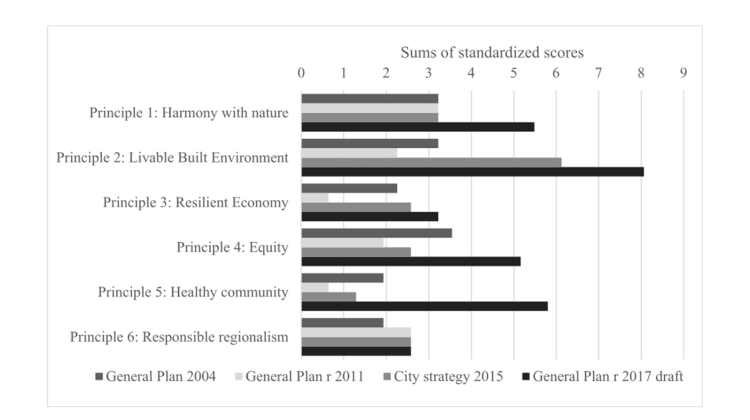
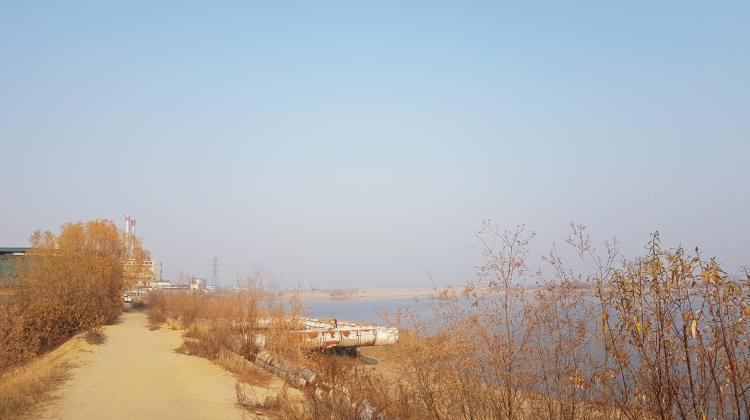
The global Arctic is both highly urbanized and is one of the most rapidly warming regions on the planet. A large percentage of Arctic residents are urban, and a majority of the cities in the Arctic are found in Russia. The Russian Arctic is thus a nexus for the intersection of climate change, adaptation, urban policy, and indigenous populations, given that much of Russia’s Arctic indigenous population is urban. The NSF-funded Partnerships for International Research and Education (PIRE) program funded Professor Brent D. Ryan in 2015 to examine sustainability in the Russian Arctic as part of a multiuniversity grant led by George Washington University. As part of this project Professor Ryan and Aleksandra Durova, a DUSP PhD student, conducted site-based research, carried out field visits to the Arctic, and participated in and hosted conferences for the university partners. A number of the MIT team’s activities were centered around Yakutsk, an Arctic-related city of approximately 350,000 that is capital of the Sakha Autonomous Republic of the Russian Federation and majority Yakut indigenous population. Yakutsk is one of the coldest cities on earth and the largest located atop permafrost. Yakutsk is therefore a natural nexus for research into Arctic sustainability.


